I've got 2 dataframes each with 150 rows and 10 columns + column and row IDs. I want to correlate every row in one dataframe with every row in the other (e.g. 150x150 correlations) and plot the distribution of the resulting 22500 values.(Then I want to calculate p values etc from the distribution - but that's the next step).
Frankly I don't know where to start with this. I can read my data in and see how to correlate vectors or matching slices of two matrices etc., but I can't get handle on what I'm trying to do here.
